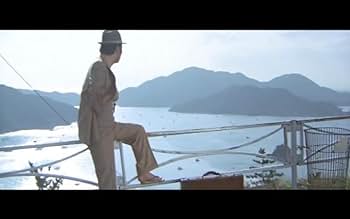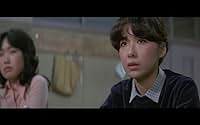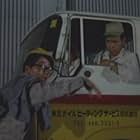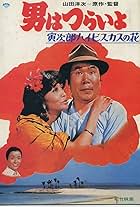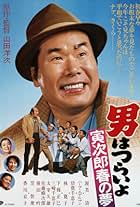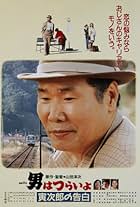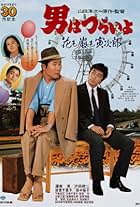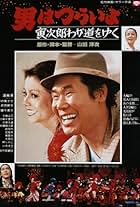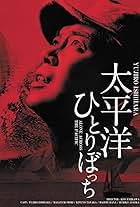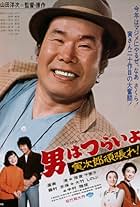Ajouter une intrigue dans votre langueAfter a friend and business colleague dies, Tora-san visits the man's daughter, then takes her to Tokyo so she can study for a night school exam.After a friend and business colleague dies, Tora-san visits the man's daughter, then takes her to Tokyo so she can study for a night school exam.After a friend and business colleague dies, Tora-san visits the man's daughter, then takes her to Tokyo so she can study for a night school exam.
- Récompenses
- 1 nomination au total
Histoire
Le saviez-vous
- ConnexionsFollowed by Otoko wa tsurai yo: Naniwa no koi no Torajirô (1981)
Commentaire à la une
It's almost ridiculous to claim to be able to point out qualitative differences in a franchise that is so repetitive as the "Otoko wa tsurai yo" series is. Yet, small differences between the films can for true followers mean night and day, well, almost. After the franchise high of "Tora's Dream of Spring" (1979) the new decade started with the unimaginative "Tora-san's Tropical Fever" (1980). After that, "Otoko wa tsurai yo: Torajiro kamome uta" (Foster Daddy, Tora!, 1980), the 26th film in the series, is again a breath of fresh air.
As I have pointed out in my previous reviews, for me the first act is always the best in these films. In this one, it's flawless. The dream sequence (a jidai-geki parody) is fun, Tora's return to Shibamata happens quick, and what follows is a sweet interaction with Sakura, who has bought a new house with Hiroshi. The usual family fight is done great too. This film is worth seeing for these scenes alone.
In the second act, Tora travels to Hokkaido, and meets the daughter of his dead friend. The young, inexperienced girl is coming to Tokyo, and Tora starts to worry, if she will end end up in some bad place, or with some bad people. So he becomes a "foster daddy".
The last 45 minutes drag on a bit, as they often do, but there are still some good scenes, like when Tora is thought to be this infamous square-faced kidnapper. There are swell interactions between the regular cast, nice sentimentality, and a plotline that works better if you don't watch these films in rapid succession.
As I have pointed out in my previous reviews, for me the first act is always the best in these films. In this one, it's flawless. The dream sequence (a jidai-geki parody) is fun, Tora's return to Shibamata happens quick, and what follows is a sweet interaction with Sakura, who has bought a new house with Hiroshi. The usual family fight is done great too. This film is worth seeing for these scenes alone.
In the second act, Tora travels to Hokkaido, and meets the daughter of his dead friend. The young, inexperienced girl is coming to Tokyo, and Tora starts to worry, if she will end end up in some bad place, or with some bad people. So he becomes a "foster daddy".
The last 45 minutes drag on a bit, as they often do, but there are still some good scenes, like when Tora is thought to be this infamous square-faced kidnapper. There are swell interactions between the regular cast, nice sentimentality, and a plotline that works better if you don't watch these films in rapid succession.
- topitimo-829-270459
- 22 nov. 2019
- Permalien
Meilleurs choix
Connectez-vous pour évaluer et suivre la liste de favoris afin de recevoir des recommandations personnalisées
Détails
- Date de sortie
- Pays d’origine
- Langue
- Aussi connu sous le nom de
- Мужчине живётся трудно. Фильм 26: Песня сизой чайки Торадзиро
- Lieux de tournage
- Société de production
- Voir plus de crédits d'entreprise sur IMDbPro
Contribuer à cette page
Suggérer une modification ou ajouter du contenu manquant

Lacune principale
By what name was Otoko wa tsurai yo: Torajiro kamome uta (1980) officially released in Canada in English?
Répondre


